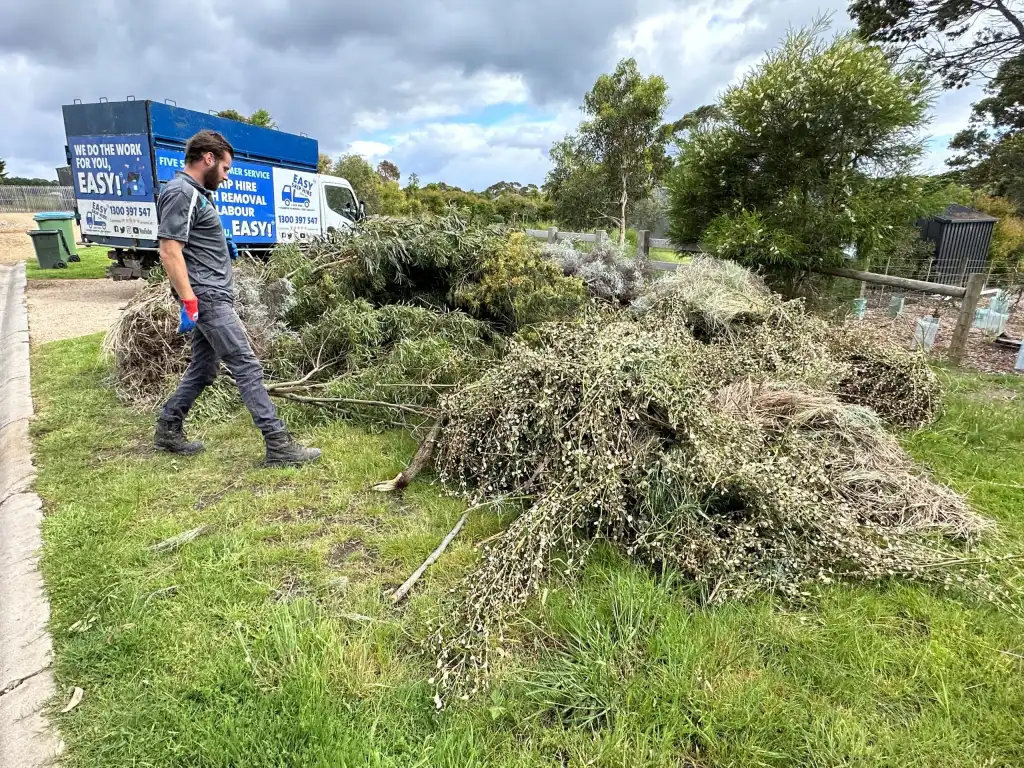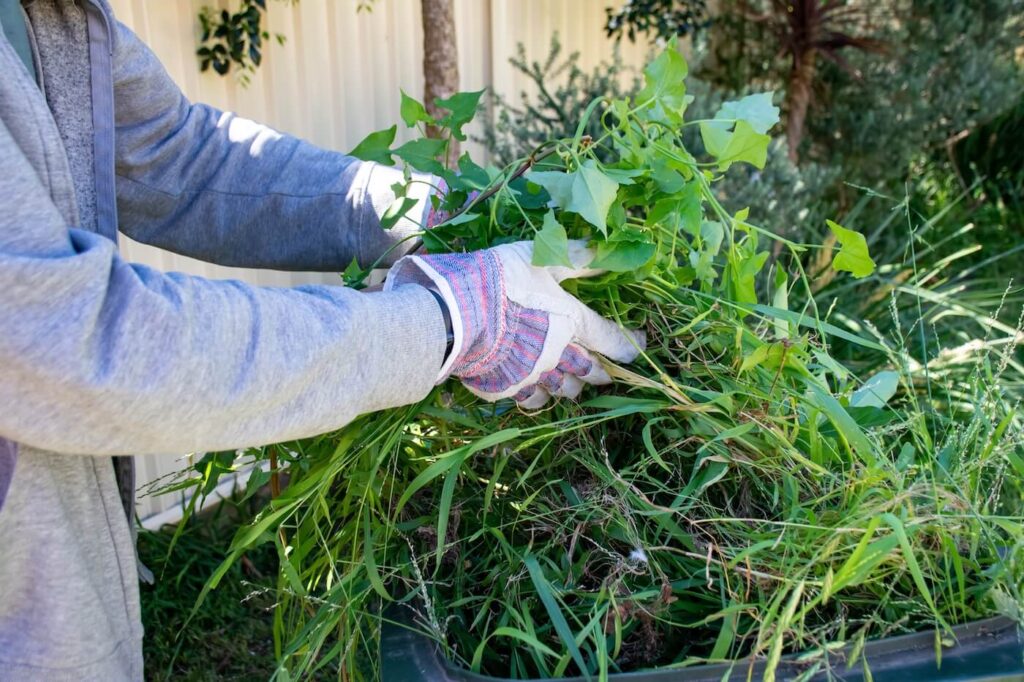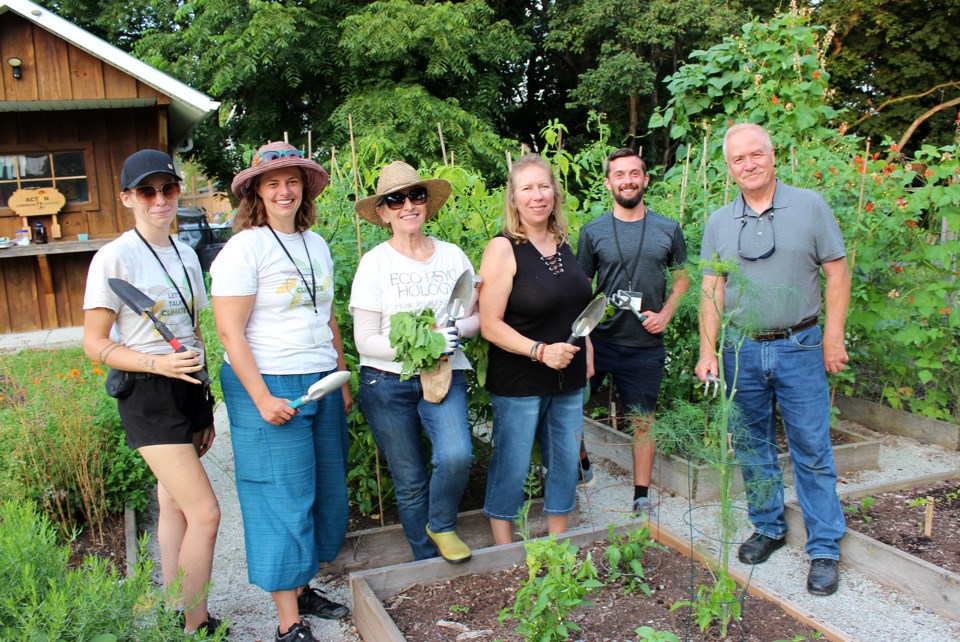What Are Community Gardens and Why Do They Matter?
Community gardens are shared green spaces where residents cultivate vegetables, herbs, flowers, and other plants collectively. These plots transform unused urban land into productive growing areas that supply fresh, locally-grown produce to participants and their neighbourhoods.
The benefits of community gardens extend far beyond food production. These spaces create natural gathering points where people from diverse backgrounds meet, share knowledge, and build lasting relationships. Novice gardeners learn cultivation techniques from experienced growers, whilst children discover where their food originates. With the help of local garden waste removal near me services, communities can maintain these gardens efficiently, ensuring clean, vibrant, and eco-friendly environments for everyone. This exchange of skills strengthens neighbourhood bonds and creates a sense of shared purpose.
Why Community Gardens Are Important
Urban gardening through community plots addresses critical sustainability challenges in cities:
- Reduces food miles by producing vegetables and herbs locally
- Increases urban biodiversity by providing habitat for pollinators and beneficial insects
- Improves air quality through increased plant coverage
- Manages stormwater runoff by creating permeable green surfaces
- Mitigates urban heat island effects with vegetation cover
These gardens demonstrate practical environmental stewardship whilst making fresh produce accessible to communities that may lack nearby grocery shops. The hands-on nature of tending plants teaches participants about seasonal cycles, soil health, and ecological systems.

How Do Community Gardens Manage Their Organic Waste?
Community gardens use composting systems to turn their organic waste into valuable resources. These systems collect plant clippings, fallen leaves, spent flowers, vegetable scraps, and pruned branches—transforming what would otherwise be waste into nutrient-rich soil amendments that nourish future plantings.
Composting Methods Used in Community Gardens
The process starts with specific compost bins or piles where gardeners place their organic materials. Various composting methods are suitable for different spaces:
- Hot composting speeds up decomposition through careful layering and turning
- Cold composting offers a slower, hands-off approach requiring minimal maintenance
- Vermicomposting, which uses worms to break down softer organic materials, is a popular method in community gardens. For more insights on this method, refer to this resource on composting with worms.
- Tumbler systems provide enclosed, pest-resistant options for smaller gardens
The Volume of Organic Waste Generated in Community Gardens
Each growing season produces significant amounts of organic waste. Spring pruning generates woody stems and branches, summer harvests leave behind spent plants and weeds, autumn brings large quantities of fallen leaves, and year-round maintenance creates continuous streams of grass clippings and deadheaded flowers.
The Benefits of Composting in Community Gardens
The advantages go beyond just reducing waste. Nutrient-rich compost, a product of effective composting, improves soil structure, increases water retention, and introduces beneficial microorganisms that support plant health. Gardens using their own compost decrease dependence on commercial fertilizers while establishing a closed-loop system that embodies sustainable gardening principles. This self-sufficiency enhances the garden’s resilience and showcases practical environmental stewardship to community members.
Why Is Accessible Garden Waste Removal Crucial for Community Gardens?
Accessible garden waste removal provides community gardens with essential disposal options that keep these shared spaces functional and welcoming. Without convenient services nearby, volunteers face the burden of transporting large volumes of organic material, which can discourage participation and lead to waste accumulation.
Impact on Community Garden Maintenance
Green waste disposal convenience directly impacts community garden maintenance by ensuring plots remain tidy and organized. When gardeners can easily remove pruned branches, spent plants, and seasonal debris, pathways stay clear and beds remain productive. This accessibility prevents the common problem of waste piles building up in corners or along fences, which can create unsightly conditions and attract pests.
Safety Benefits
Proper removal services play a critical safety role by addressing fire hazards. Dry leaves, dead vegetation, and woody material become highly flammable during warmer months. Regular disposal through accessible channels reduces this combustible material, protecting both the garden infrastructure and surrounding properties. Gardens located in urban areas with limited space particularly benefit from nearby collection points that prevent dangerous accumulations of dried plant matter.
What Services Are Typically Available for Garden Waste Removal Near Community Gardens?
Local council green waste programmes provide the backbone of accessible disposal options for community gardeners. Many municipalities operate regular curbside collection services where residents can place garden waste in designated bins for weekly or fortnightly pickup. These programmes accept grass clippings, pruned branches, leaves, and other organic materials, making it simple for gardeners to dispose of excess vegetation without leaving their neighbourhood.
Free Green Waste Weekends offer scheduled opportunities for no-cost disposal at designated drop-off points. During these events, community members can transport larger quantities of garden debris—including bulky items like tree branches and hedge trimmings—to participating facilities without paying standard disposal fees. These weekends typically run several times throughout the growing season, aligning with peak pruning and maintenance periods.
Recycling centres near community gardens accept garden debris year-round, providing consistent access for ongoing waste management needs. These facilities process organic materials through industrial composting or mulching operations, transforming garden waste into valuable soil amendments. Most centres impose specific guidelines about acceptable materials and may restrict the volume per visit, yet they remain essential infrastructure for communities seeking to maintain productive, safe growing spaces.
The availability of these services directly influences how community gardens depend on accessible garden waste removal near me, as proximity to disposal options determines whether gardeners can efficiently manage their organic waste streams.
How Do Guidelines and Restrictions Support Effective Garden Waste Removal?
Green waste guidelines establish clear boundaries that protect the integrity of composting and recycling systems. These rules prohibit contaminants like plastics, treated timber, and hazardous materials from entering green waste streams, ensuring that organic material can be processed safely and efficiently.
Contamination prevention measures safeguard the quality of compost produced from collected garden waste. When non-organic items infiltrate the system, they compromise the end product and can render entire batches unusable. Community gardens benefit directly from these standards, as they often receive processed compost for their beds.
Volume limits on garden waste help councils manage collection capacity and maintain fair access for all residents. Typical restrictions include:
- Maximum load sizes per vehicle or household
- Specific dimensions for bundled branches
- Quantity caps during peak collection periods
Following these guidelines ensures collection services run smoothly without overwhelming processing facilities. Community gardens that understand and respect these parameters contribute to a more reliable waste removal system that serves everyone effectively.
How Does Accessible Garden Waste Removal Enhance Sustainability in Community Gardens?
Accessible garden waste removal transforms community gardens into models of sustainable gardening practices by diverting organic material from landfills to composting facilities. When green waste reaches specialized recycling centres rather than rubbish tips, it becomes valuable compost that enriches soil and closes the nutrient loop.
Landfill reduction stands as a primary environmental benefit. Organic matter in landfills produces methane—a potent greenhouse gas—whilst decomposing without oxygen. Proper garden waste removal channels this material into aerobic composting systems, eliminating harmful emissions whilst creating useful soil amendments.
The environmental benefits extend beyond waste diversion:
- Nutrient recycling returns valuable organic matter to gardens, reducing dependence on synthetic fertilizers
- Carbon sequestration occurs when compost enriches soil, locking carbon into the ground
- Water conservation improves as compost-rich soil retains moisture more effectively
Community gardens with convenient waste removal access demonstrate how local infrastructure supports circular economy principles. Members can maintain productive plots without accumulating debris, creating cleaner spaces that inspire continued participation in eco-friendly urban agriculture. By utilizing proper composting techniques, these gardens not only enhance their sustainability but also serve as a model for other urban agricultural initiatives.

Conclusion
Community garden sustainability thrives when municipalities prioritise accessible garden waste removal services near communal growing spaces. Local councils that establish convenient green waste collection points demonstrate their commitment to supporting urban agriculture and environmental stewardship.
The importance of local green waste services extends beyond simple disposal—these programmes enable gardeners to maintain safe, productive spaces while contributing to circular economy principles. When communities have easy access to proper waste management infrastructure, they can focus on what matters most: growing food, building connections, and nurturing green spaces.
How community gardens depend on accessible garden waste removal near me becomes clear through daily operations: without reliable disposal options, organic materials accumulate, creating hazards and limiting productivity.
Does your community garden need better waste management support? Contact your local council to advocate for enhanced green waste services that benefit everyone.
More about:How Tree Removal in Sydney Reflects Our Changing Relationship With Nature
FAQs
A community garden is a shared green space where residents collectively grow vegetables, herbs, flowers, and other plants, transforming unused urban land into productive areas.
They provide fresh, locally-grown produce, improve urban biodiversity, mitigate heat islands, manage stormwater, enhance air quality, and foster social connections among community members.
Gardens use composting systems to convert plant clippings, fallen leaves, vegetable scraps, and pruned branches into nutrient-rich soil amendments for future plantings.
Methods include hot composting, cold composting, vermicomposting with worms, and tumbler systems for enclosed, pest-resistant composting.
Nearby disposal services ensure gardens remain tidy, safe, and productive, preventing waste accumulation and reducing fire hazards from dry leaves and branches.
Local councils offer curbside collection, free green waste weekends, and recycling centres that process garden debris into compost or mulch.
Rules prevent contamination with plastics or hazardous materials, set volume limits, and maintain safe and efficient collection and processing systems.
It diverts organic material from landfills, reduces methane emissions, recycles nutrients, improves soil quality, conserves water, and supports circular economy practices.
Significant volumes are produced seasonally, including pruned branches in spring, spent plants in summer, fallen leaves in autumn, and year-round maintenance debris.
By advocating for enhanced local council services, participating in green waste programs, and ensuring proper composting and disposal practices within the garden.


Comments are closed